Oklahoma City councilwoman warns commissioner over possible fallout of county jail location
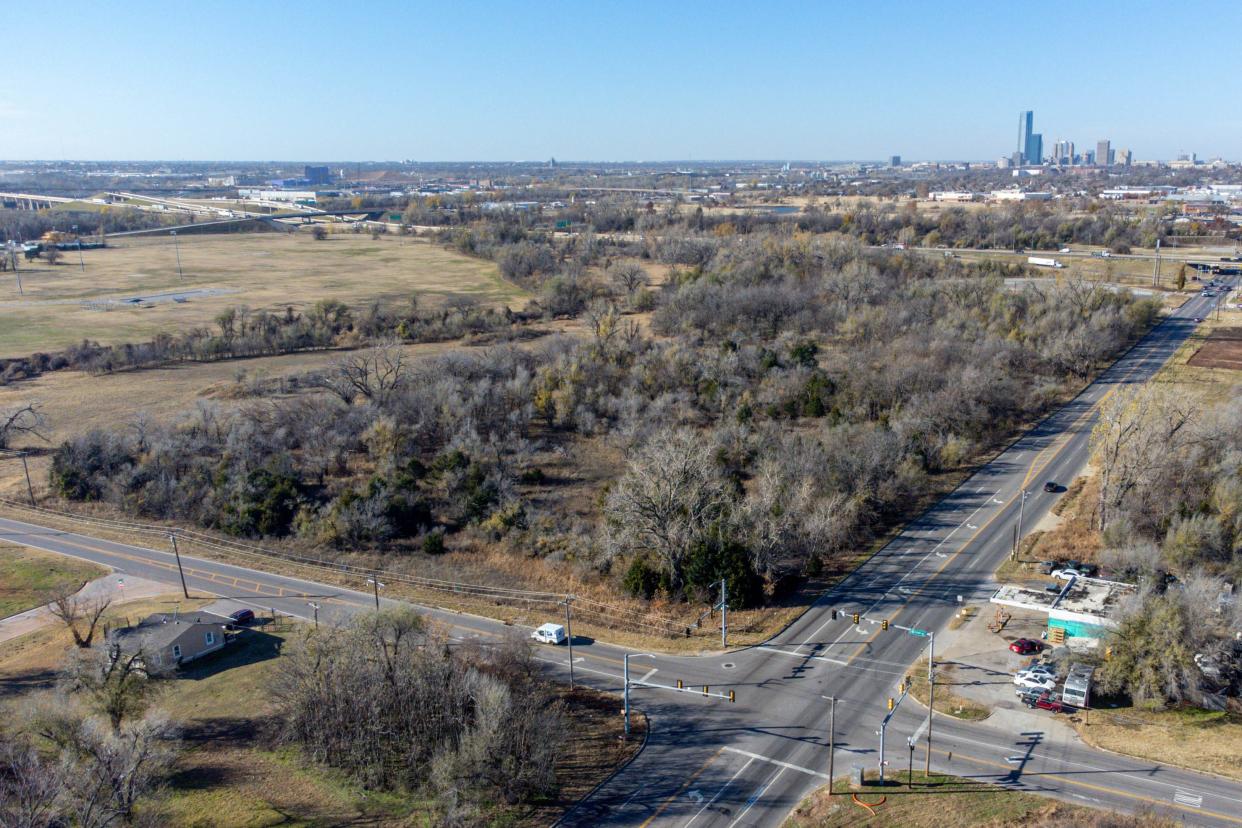
Frustrations tied to the location of a new jail in Oklahoma County boiled over at a recent county commissioners meeting.
Residents' concerns were tied to the possibility of the new jail being located on land near NE 10 and Interstate 35, in a long overlooked and discriminated against part of the city.
Five people, including Oklahoma City Ward 7 Councilwoman Nikki Nice, addressed commissioners during the meeting Monday.
Nice implied northeast Oklahoma City would hold Commissioner Carrie Blumert accountable if the jail were built there — even if Blumert were to vote against that decision. Blumert represents that part of Oklahoma County.
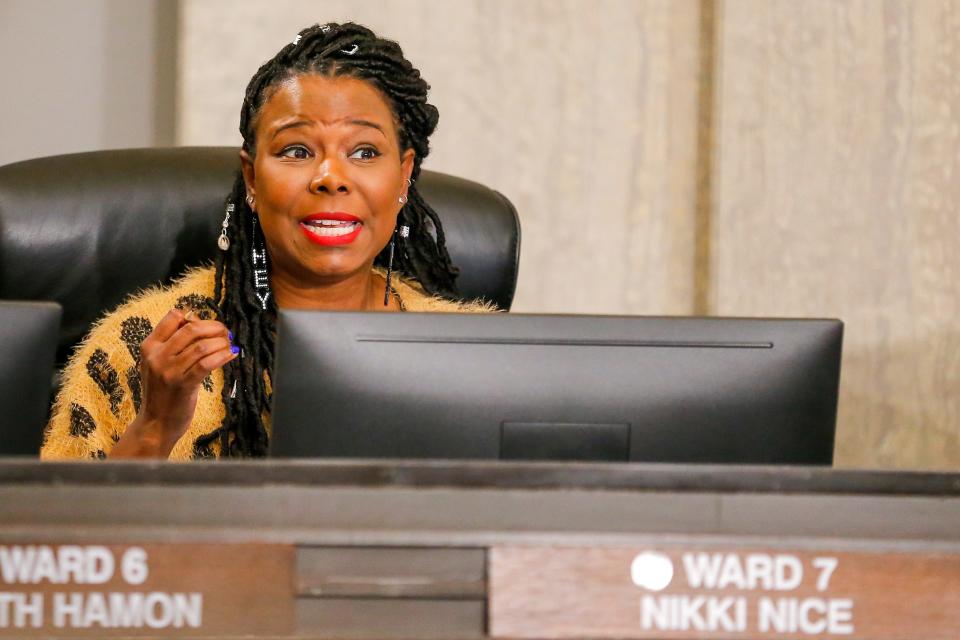
"I understand our city manager advised you all that politically, this is not a good look for our community," Nice said. "For even our commissioner — and this is the unfortunate part — even if you vote no, you are still responsible."
After that meeting, Blumert published a news release stressing she has never supported building a new jail in northeast Oklahoma City.
She also said she would ask her two colleagues to join her in formally striking the NE 10 and I-35 location from consideration when the commission meets again next week.
“This location, as well as others, are back on the agenda because we are still awaiting word from the FAA (Federal Aviation Administration) and Oklahoma City on our offer to purchase land at the airport" for a jail, Blumert said.
"While I have never wavered in my opposition to locating the jail in northeast Oklahoma City — and I have no intention of reversing course now — I have received calls, emails, and heard from citizens at our commission meetings about this once again appearing on our agenda,“ Blumert said.
As I have stated previously, I am opposed to locating the jail at any site within Northeast Oklahoma City. I remain confident we can find a site that meets the needs of all stakeholders without inflicting continued harm on Northeast Oklahoma City. (1/4)
— Commissioner Carrie Blumert (@CarrieBlumert) December 5, 2023
As for striking the site from consideration, Blumert said she trusted her colleagues felt the same.
"I remain confident we can find a site that meets the needs of all stakeholders without inflicting continued harm on northeast Oklahoma City,” she said.
At the meeting, Nice appeared to still be angry about an idea floated earlier this year to build the jail on the northeast corner of Britton Road and Kelley Avenue on land adjacent to a preparatory high school.
"We want to be revived by the things we know our community can be repaired for, as far as educational facilities, as far as being ensured that the prisoner pipeline system is not being located right where we can see it, to ensure that our students and young people are not told, 'Hey, this is where you are going because it is right across the street from the school," said Nice.
"That is not the type of business that I believe our city nor this county would want to say about how we feel about our community within northeast Oklahoma City. It's anxiety because we have to keep coming back, and our community is stressed," Nice said.
Do decades of past practices factor into northeast Oklahoma City residents concerns?
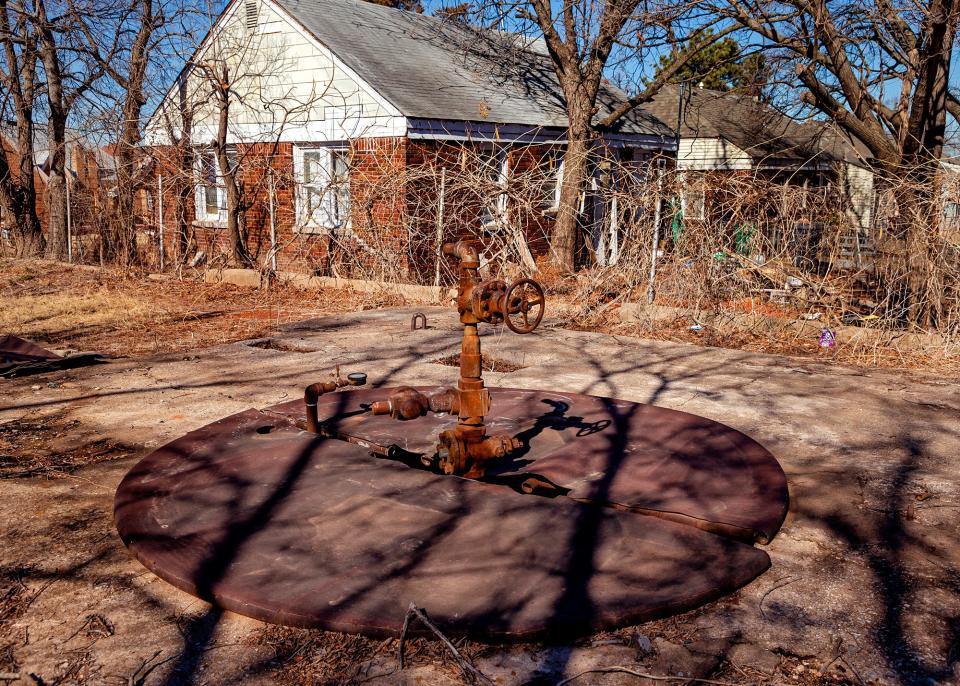
While not specifically mentioned by Nice on Monday, there's no doubt that more than 100 years of discriminatory practices, including Jim Crow laws limiting where Black residents could live, work, shop and congregate, often fuel frustrations.
Besides initially forcing Black residents to live in an area along the flood-prone North Canadian River (now the Oklahoma River), the city also allowed extensive drilling for oil, often in the backyards of established residences.
Dozens of such wells can still be seen throughout predominately Black neighborhoods —– wells not typically found in neighborhoods elsewhere in the city. Refineries were built within walking distance of Black-owned homes, schools and churches.
The Double Eagle Refinery at 301 N Rhode Island, which operated from 1929 until the early 1980s, is an example.
The operation re-refined used motor oils, generating about 80,000 gallons of oily sludge per month. An EPA report on the Superfund site found operators initially sent the waste sludge to an off-site disposal facility.
More: 'We deserve better.' OKC neighborhood fights against decades of environmental injustice
By the late 1960s, however, they were disposing the sludge into on-site impoundments and a sludge lagoon at a 12-acre site that was within a quarter mile of a historically Black neighborhood and within a mile of schools and a larger residential population of 1,750.
Even today, residents who live in that community remain involved in fights over ongoing or proposed industrial activities in their midst. Their complaints include explosions in the JFK neighborhood and the foul odor of a saltwater disposal well in the Martin Luther King Jr. Neighborhood.
Illegal dumping also remains a problem by the old Bryant Center at 2633 NE 21 and near NE 23 and Martin Luther King Avenue.
Nice also recently opposed a zoning application by Arkansas-based company Medical Waste Services, a family-owned business, which owns property on NE 23 and hopes to open a medical waste transfer station there.
She did not respond to an interview request left with her assistant at City Hall on Tuesday.
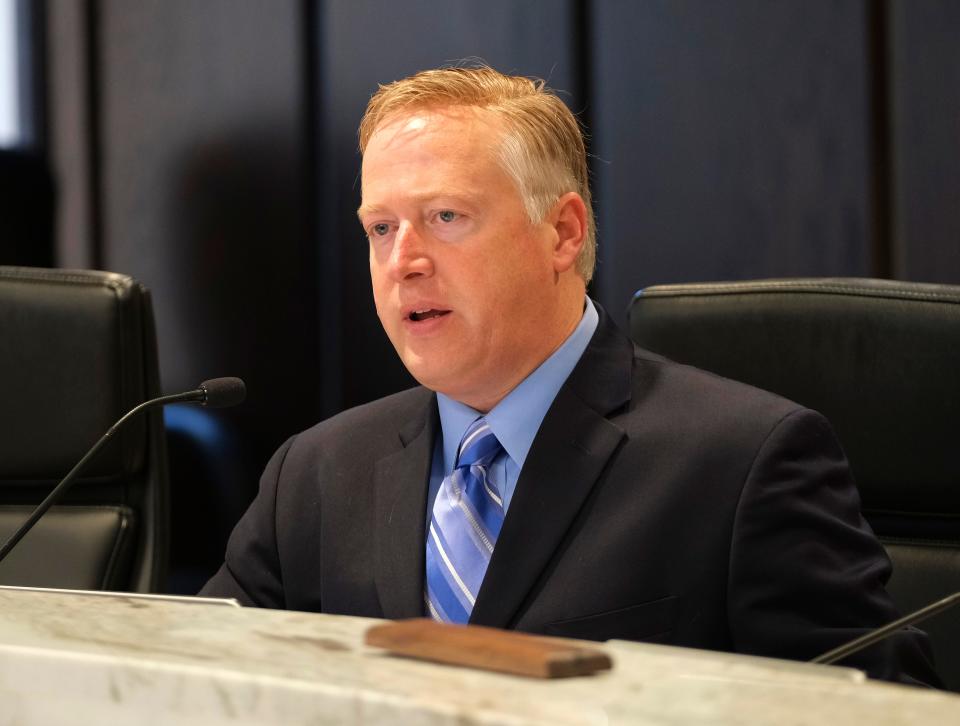
Commissioner: History is one thing. Today's challenges are another
Brian Maughan, chairman of the board of county commissioners, also is president of Oklahoma County's historical society organization and as such is well aware of how northeast Oklahoma City has been treated during the city's history.
Maughan, however, said he found Nice's threat against Commissioner Blumert offensive because it ignored the reality that not everyone can walk away a winner within a Democratic society, something he said Nice should know from her service on the city council.
"I have never seen a public official (from another entity) come over and address an elected commissioner in that way, and I considered it a threat," Maughan said. "The majority rules is what we always work off of.
"It would be the same as if one of us held her personally responsible for the arena vote that we are going to have on Tuesday, even though she voted against it," Maughan said.
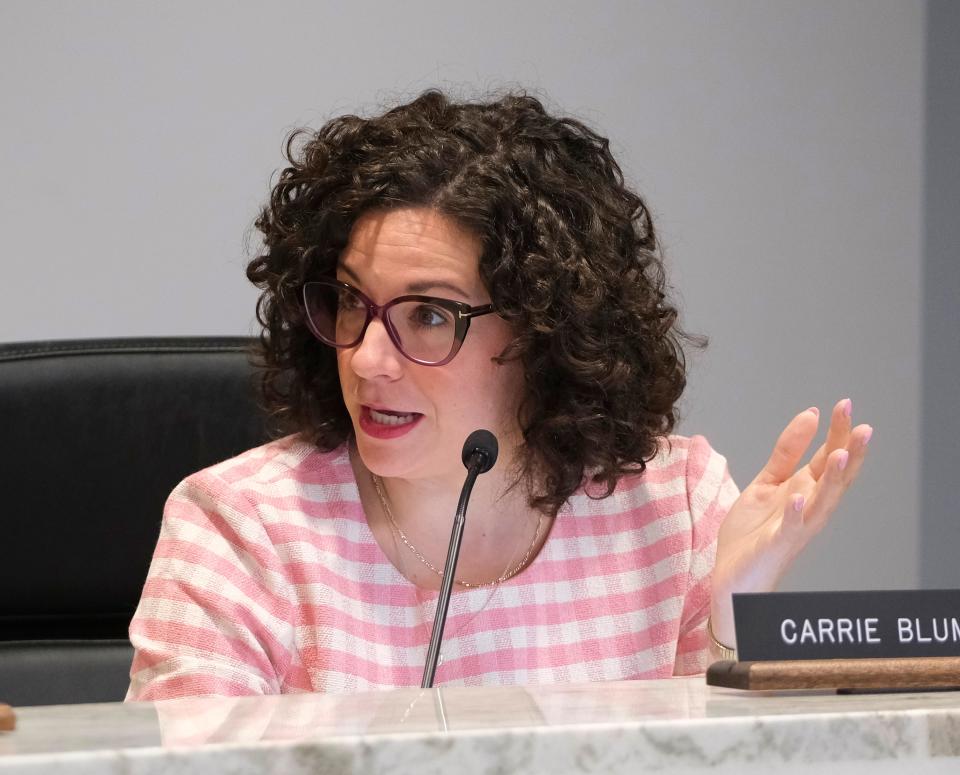
Blumert was not available Wednesday for further comment.
As for general complaints about how northeast Oklahoma City has been a dumping ground for less-than-desirable activities over the years, Maughan said he is sure there are residents in other parts of the community who would rather have hiqh-quality horse racing tracks, softball facilities, world class museums and a zoo near their homes than what they have.
Additionally, he said that the area of Oklahoma City Nice represents geographically is huge, compared to others inside the city. That alone, he said, increases the potential a jail could be located in that area.
Finally, he noted Oklahoma County's jail has never been located in northeast Oklahoma City.
When the commission meets again next week, Maughan indicated it could consider additional locations that previously have not been on its list before as potential jail locations. He has not issued a public statement about whether he supports Blumert's call for the northeast Oklahoma City location to be removed from consideration.
"No community is excited about it, and I get that, but the presumption that it can't go there (northeast Oklahoma City) just means its OK that it goes somewhere else. Since 1890, it has always been on Oklahoma City's west side, and I suppose she (Nice) thinks that would be OK if west Oklahoma City residents just take it," he said.
This article originally appeared on Oklahoman: Tensions flare over potential new Oklahoma County jail location

